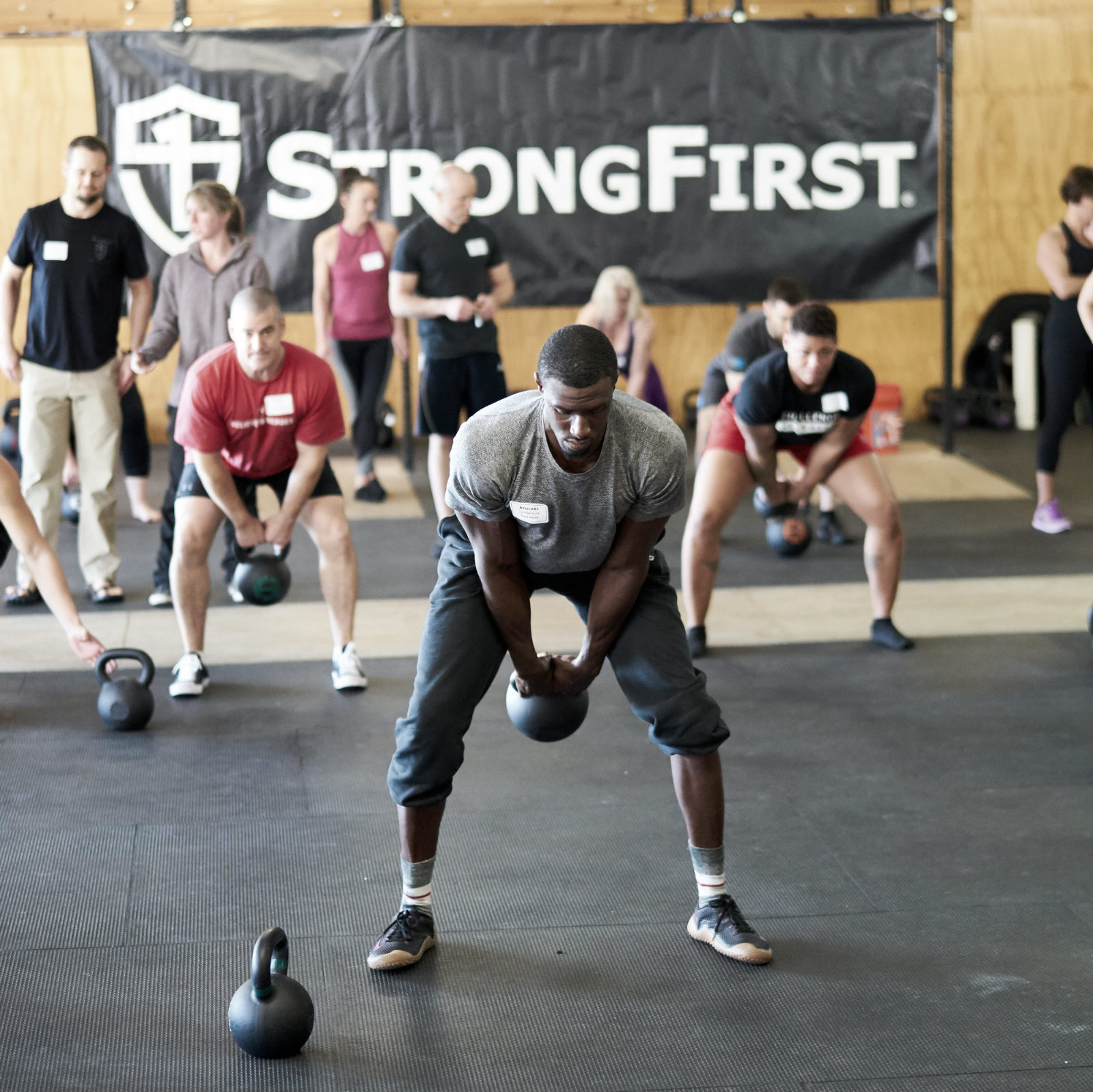Mannc
Level 2 Valued Member
I tried Q&D yesterday and I like it a lot, but still I can't quite understand how the snatch-lockout is ought to be performed
As far as I am concerned you should go as fast as possible with a complete lockout at the top,
so I threw the bell up and down like a mad man. Now the following question arises:
Are we supposed to really catch the snatch at the top or just throw it up and then pull it back down when the elbow is straight and everything is motionless for a split second?
As I used gymnastics grips for the first time I can't really tell if I caught the bell in a bottoms-up position for a couple of reps, but I definitively had that thing motionless without it touching my forearm.
How am I supposed to snatch maximally explosive without having that happen?
I know it may sound stupid to someone who knows what he's talking about, but I'm confused
As far as I am concerned you should go as fast as possible with a complete lockout at the top,
so I threw the bell up and down like a mad man. Now the following question arises:
Are we supposed to really catch the snatch at the top or just throw it up and then pull it back down when the elbow is straight and everything is motionless for a split second?
As I used gymnastics grips for the first time I can't really tell if I caught the bell in a bottoms-up position for a couple of reps, but I definitively had that thing motionless without it touching my forearm.
How am I supposed to snatch maximally explosive without having that happen?
I know it may sound stupid to someone who knows what he's talking about, but I'm confused


